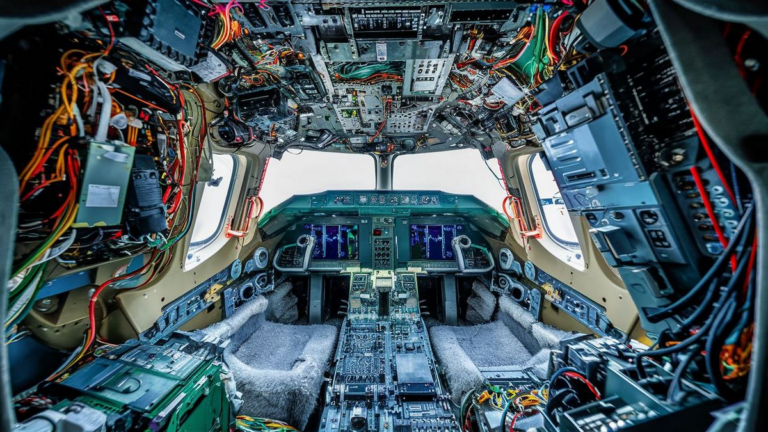Modern aircraft rely heavily on sophisticated electrical and environmental systems to ensure safe and efficient operations. These systems play a crucial role in powering various components, maintaining environmental conditions within the aircraft, and enhancing overall performance.
Understanding Aircraft Electrical Systems
Aircraft electrical systems are the nerve center of modern aviation. These systems encompass a wide range of components, including generators, batteries, wiring, and avionics. Generators are responsible for producing electrical power, which is then distributed through a complex network of wiring to power essential equipment such as navigation systems, communication devices, and lighting.
The development of advanced avionics has revolutionized the way aircraft operate. From electronic flight instruments to communication systems, the electrical components contribute significantly to the safety and efficiency of flights. Engineers meticulously design and integrate these systems to ensure seamless communication and navigation capabilities during all phases of a flight.
Environmental Systems for Comfort and Safety
Environmental systems on aircraft are designed to create a comfortable and safe environment for passengers and crew. These systems manage cabin temperature, humidity, and air quality. Climate control is crucial not only for passenger comfort but also for the optimal functioning of onboard equipment.
The air conditioning and pressurization systems work together to maintain a controlled environment inside the aircraft, regardless of the external conditions. These systems ensure that passengers and crew can enjoy a comfortable atmosphere, even during extreme weather conditions or high altitudes. Additionally, proper pressurization is essential to prevent hypoxia and ensure the well-being of everyone on board.
Integration for Optimal Performance
The synergy between aircraft electrical and environmental systems is vital for optimal performance. Engineers must carefully integrate these systems to ensure they work seamlessly together. For instance, efficient electrical systems contribute to the reliable operation of environmental controls, enhancing overall safety and passenger experience.
Continuous advancements in technology lead to the development of more efficient and reliable electrical and environmental systems for aircraft. This not only improves the overall performance of the aircraft but also contributes to fuel efficiency and reduced environmental impact.
In conclusion, aircraft electrical and environmental systems are integral components that contribute to the safety, comfort, and efficiency of modern aviation. The intricate design and seamless integration of these systems ensure a smooth and reliable flying experience. As technology continues to advance, we can expect further innovations that will enhance the capabilities of these critical aircraft systems.
Fuel Efficiency and Environmental Impact
While aircraft electrical and environmental systems enhance overall performance, fuel efficiency and environmental impact are key considerations in modern aviation. The aviation industry continually seeks innovative solutions to reduce fuel consumption and minimize its ecological footprint.
Advanced technologies, such as lightweight materials, improved aerodynamics, and energy-efficient components, contribute to fuel efficiency. Engineers focus on developing aircraft systems that not only meet operational requirements but also adhere to stringent environmental standards. This sustainable approach is crucial for mitigating the environmental impact of air travel.
Frequently Asked Questions
| Question | Answer |
|---|---|
| 1. How do aircraft electrical systems contribute to safety? | Aircraft electrical systems power essential equipment like navigation and communication devices, enhancing safety through reliable operation. |
| 2. What role do environmental systems play in passenger comfort? | Environmental systems regulate cabin temperature, humidity, and air quality, ensuring a comfortable atmosphere for passengers. |
| 3. How is the integration of electrical and environmental systems achieved? | Engineers carefully integrate these systems to ensure seamless operation, contributing to optimal performance and safety. |
See also:






